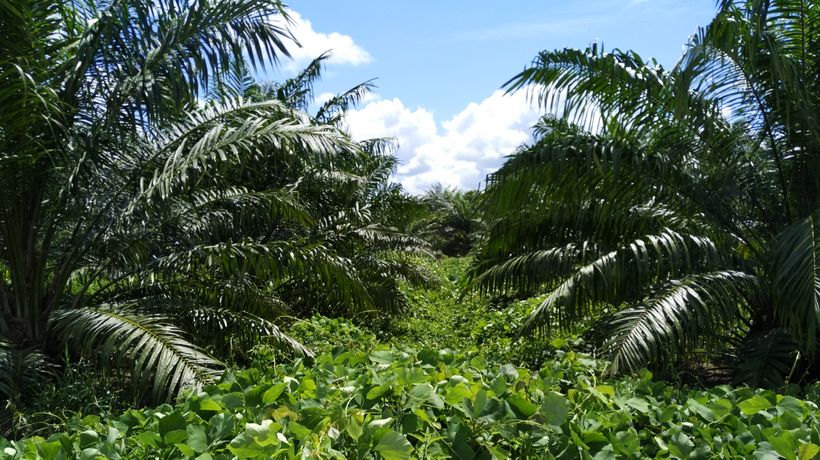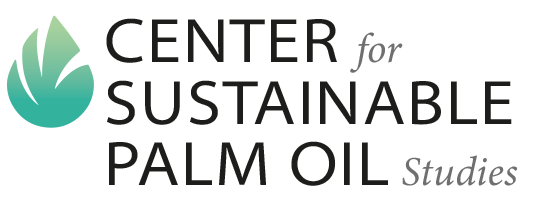
Can the EU meet their Paris Agreement Goals without palm oil in the mix? Palm oil has been gaining popularity as a biofuel in the EU due to its affordability but it is being rejected as a renewable source of energy based on accusations of deforestation which is claimed to negate any carbon savings from using this grown source of energy.
A recent report on a Japanese initiative provides a good example of the arguments around palm oil as green energy. The arguments against it or indeed, any component of the palm oil tree is that it cannot be green because it “destroys rainforests.” The ability to grow a supply to meet our needs for energy cannot be rejected if the intent to divest from fossil fuels is an honest one. A new report commissioned by Friends of the Earth Europe on Europe’s use of natural gas to transition to a low carbon economy shows there is only nine years left to burn fossil fuels if the EU is to meet its commitments.
The Criticisms of Palm Oil
If you are new to the controversies around palm oil, let me summarise what the critics say and what the potential solutions are because not all palm oil is produced the same way.
The first criticism of palm oil is the frequent accusation that it leads to climate change when forests which sequester carbons or suck up carbon emissions we emit, are displaced by palm oil plantations. Industry arguments have said that palm oil plantations similarly have a capacity to suck up carbon emissions but apparently, this is not enough. What the industry needs to do is to show there are carbon savings by helping to create complete landscape management that protects not only important forested areas but also recovering areas that will ensure the health of tropical ecosystems where palm oil is grown.
The second criticism of palm oil is the threat to flora and fauna. One of the more popular social media causes for anti palm oil sentiment is the threat of palm oil to the last place on earth where elephants, tigers and orangutans live in Aceh province, Indonesia. What if palm oil was produced in a place where endangered animals and their habitats are well protected?
The third criticism is human rights abuses commonly associated with palm oil expansions from Southeast Asia to Africa but what if there was a model of palm oil that actually respected human rights?
That is the ambition of the Malaysian Sustainable Palm Oil ( MSPO ) scheme which was launched in 2015 as a mandatory standard for all Malaysian palm oil. It is a very ambitious goal but it is one that holds strong potential to deliver truly sustainable palm oil.
The MSPO Up Close
On paper, the MSPO looks similar to other palm oil certification standards with a few notable differences including planting on peatlands where local governments allow. The exciting potential for me personally is in its capability to create a nationwide conservation landscape which could see the protection of tigers in Peninsular Malaysia, the elephants of Sabah and the orangutans of Sarawak in safe habitats.
Can it deliver? The MSPO has its work cut out by setting an aggressive goal of complete certification by 2019. From what I’ve seen in the past month when I visited Malaysia, it will take a herculean effort but the early indications are that it will be done.
Recognition of International Standards
For one, many of the global palm oil companies in Malaysia are already certified under the ISCC and RSPO. The ISCC standard in particular is widely accepted as proof of sustainbility in biofuels. In respect of these international standards, the MSPO is granting these certified operations an easier path towards it’s own certification scheme.

I visited the operations of Sarawak Oil Palms Berhad in Sarawak to see firsthand what ISCC/ MSPO certification has meant on the ground. I knew that I was being shown the best of category but if the operations I saw are any indication of what Malaysian sustainable palm oil would look like under the MSPO scheme, there is no doubt about its sustainability. It was impressive to see the conversion of waste products to fertilizer and biomass to power its operations and the use of natural pest control.
Most notable of what I observed was the measures taken to ensure the living standards of migrant workers and their families. In an industry that is frequently accused of labor abuse, it was extraordinary to hear the Indonesian national anthem being belted out by the workers children in the estate owned school as part of their cultural class in Malaysia.
Challenges Beyond Model Palm Oil Operations
Model operations aside, I met with small palm oil farmers and spoke about the demands being made on them by the MSPO. This is where the biggest challenges to the MSPO will be. Almost all of them questioned why the Malaysian government would enforce another national quality standard on them when the EU was threatening to ban palm oil.
They did eventually understand the need to assure buyers that the palm oil they produced does not create the social-environmental havoc that the industry is accused of.
One interesting issue that cropped up in Sarawak state was that of indigenous land rights. This is a hot issue which the state government hopes to resolve in 2018 but it highlighted an exceptional feature of the MSPO as a national standard, the ability to influence the rights of indigenous peoples
All of this made the recent decision by Fuji Oil of Japan to invest in Malaysia to produce biofuel that is free of environmental and human rights abuses look like a sound one. The current debates in the EU on the use of biofuels aside, there is much interest from Asian countries looking to use waste byproducts of oilpalm operations in Malaysia as biomass. That would be a great story on renewable energy which must be told in order to appreciate the tremendous potential of growing a source of renewable energy instead of mining finite sources of precious minerals to produce renewable energy.
By Robert Hii
Original link: https://www.huffpost.com/entry/a-close-up-of-the-malaysian-sustainable-palm-oil-scheme_b_5a285c75e4b053b5525db6f1?guccounter=2


